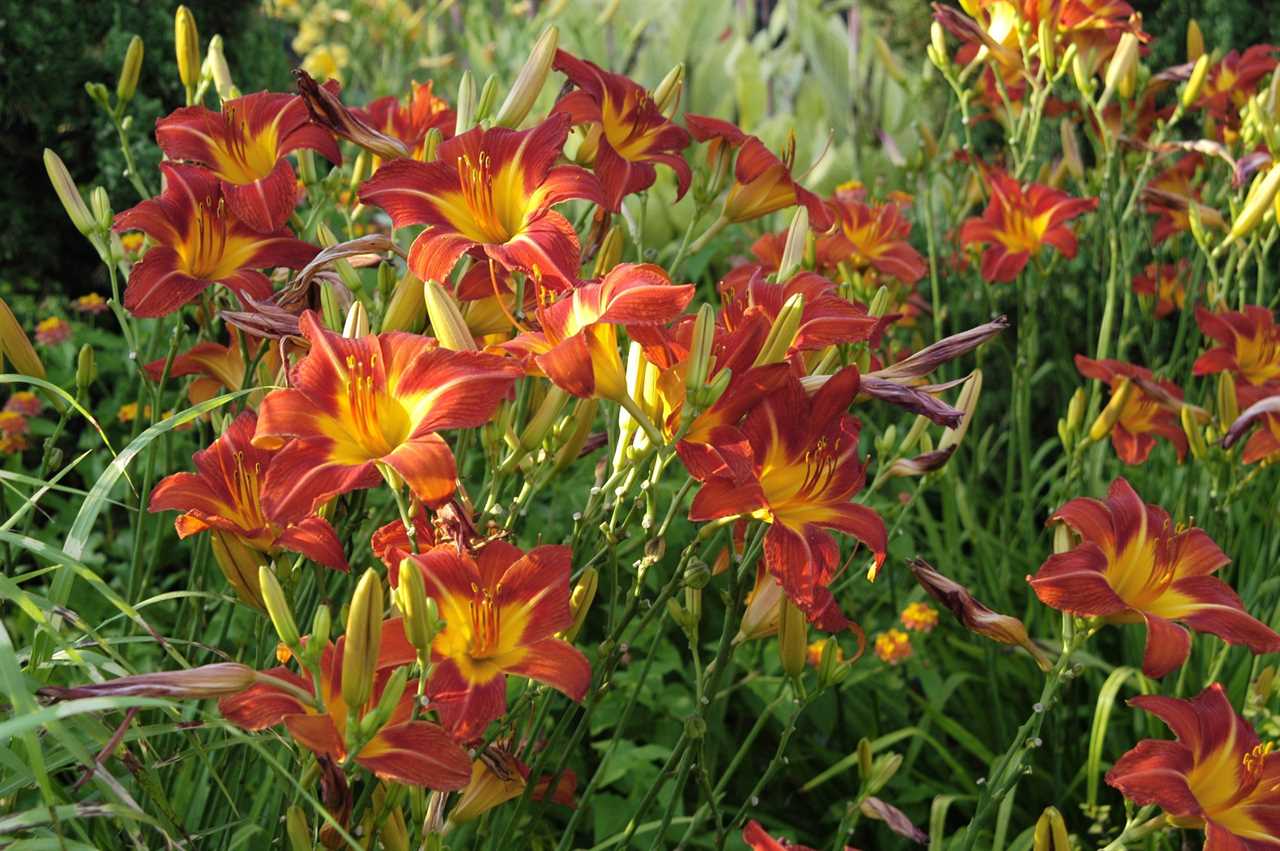
Why You Should Divide Perennials
The best reason to divide perennials is to get more plants. Another benefit is more flower power. Plants produce fewer flowers when they are overgrown or planted too close together.
Here are some reasons why gardeners divide perennials:
- They want to add a favorite perennial to other gardens.
- There’s a vacant spot in the garden that needs to be filled.
- Perennials have spread out too close to a sidewalk, the side of the garage or another structure.
- Sun-loving perennials near a recently-planted tree are in too much shade.
- Removing a tree exposes shade plants to too much sun.
Some perennials do the dividing for you by self-sowing seedlings. These seedlings only have to be dug and transplanted. Examples include hellebores and poppies.
Even better, some plants are so shallow-rooted you merely have to lift them from the soil, cut away portions and transplant them. Cheddar pinks are like this — more info on them below.
In general, spring- and early-summer-blooming perennials are divided in fall and summer, while fall-blooming perennials are divided in spring or early summer.
Our instructions on how to divide perennials will help if you’re a new gardener or if you haven’t done any dividing for a while.
Did you miss our previous article...
https://rsssuperfeeds.com/life-hacks/14-tips-and-tricks-to-help-you-get-your-bags-and-trash-cans-cleaner






